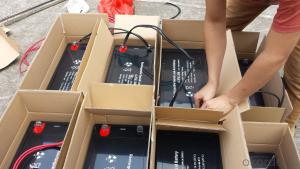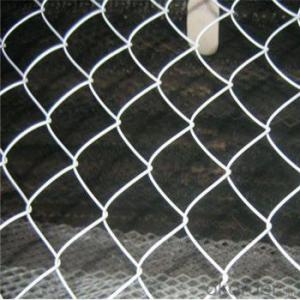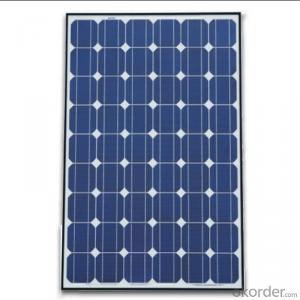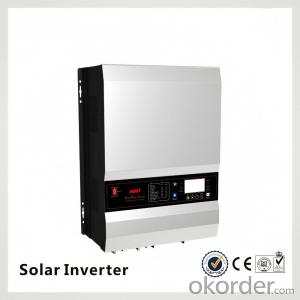50 Kw Hybrid Solar Inverter
50 Kw Hybrid Solar Inverter Related Searches
Canopy For Solar Inverter Awning For Solar Inverter Solar Inverter For Rv Inverter For Solar Quality Solar Inverter Best Solar Inverter In Kerala Top Solar Inverter In Pakistan Plug In Solar Inverter Solar Inverter In Pakistan Spd In Solar InverterHot Searches
Type Of Inverter For Solar Types Of Inverter For Solar Used Solar Inverter For Sale Inverter Size For Solar System Solar Edge Inverter For Sale 5kw Solar Inverter For Sale Solar Inverter For Sale Solar Inverter For Battery Solar Inverter For Split Ac Solar Inverter For Laptop Solar Inverter For Fridge Solar With Inverter Price Solar Inverter With 2 Battery Solar Inverter With Ac Outlet Solar Inverter Price In China Best Solar Inverter In China Solar Inverter Price In Dubai Solar Inverter Price In Uae Solar Inverter Price In Kenya Solar Inverter For Fridge50 Kw Hybrid Solar Inverter Supplier & Manufacturer from China
Okorder.com is a professional 50 Kw Hybrid Solar Inverter supplier & manufacturer, offers integrated one-stop services including real-time quoting and online cargo tracking. We are funded by CNBM Group, a Fortune 500 enterprise and the largest 50 Kw Hybrid Solar Inverter firm in China.Hot Products
FAQ
- Yes, a solar inverter can be used in regions with high levels of lightning activity. However, it is important to ensure that the solar inverter is properly installed and equipped with surge protection devices to mitigate the risks associated with lightning strikes. Additionally, regular maintenance and inspections should be carried out to ensure the safety and functionality of the solar inverter in such regions.
- Yes, a solar inverter can be connected to a computer or smartphone. Many modern solar inverters are equipped with built-in Wi-Fi or Bluetooth capabilities, allowing them to connect to local networks. This enables users to monitor and control their solar system's performance and settings conveniently through dedicated software applications or web interfaces on their computers or smartphones.
- The potential risks of overloading a solar inverter include damaging the inverter itself, reducing its efficiency and lifespan, and potentially causing a fire hazard. Overloading can also lead to voltage fluctuations and instability in the solar power system, which may disrupt the functioning of other connected devices. It is crucial to ensure that the solar inverter is appropriately sized to handle the load to avoid these risks.
- A grid-tied solar inverter works by converting the direct current (DC) electricity produced by solar panels into alternating current (AC) electricity that can be used to power homes or businesses. It synchronizes the AC electricity it generates with the electrical grid, allowing excess electricity to be sent back to the grid for credits or future use. This inverter also monitors the grid's voltage and frequency to ensure the solar system operates safely and efficiently.
- The output voltage of a solar inverter is regulated through the use of control circuitry and power electronics components. These components monitor the input voltage from the solar panels and adjust the output voltage to meet the desired specifications. The control circuitry ensures that the output voltage remains stable and within the required range, even when there are fluctuations in the input voltage or varying load conditions.
- The role of a display interface in a solar inverter is to provide real-time information and control options to the user. It allows them to monitor the performance of the solar inverter, such as power output, energy production, and system status. The display interface also provides access to various settings and configuration options, allowing the user to optimize the performance of the solar inverter based on their specific requirements.
- Yes, a solar inverter can be used with concentrated photovoltaic (CPV) systems. However, the inverter used for CPV systems may differ from the ones used for traditional photovoltaic systems. CPV systems use lenses or mirrors to concentrate sunlight onto highly efficient solar cells, which generate DC power. This DC power is converted into AC power by the inverter, enabling it to be used for various applications or fed into the grid. Therefore, a specialized inverter designed to handle the unique characteristics and high levels of DC power output of CPV systems is required.
- PV grid-connected inverter and independent inverter in the control of what is the difference
- And you said that the independent inverter, said off-grid inverter it, this inverter can not access the mains, the components of the electricity through the off-grid inverter to the battery charge, the battery at night











































